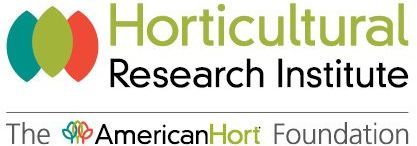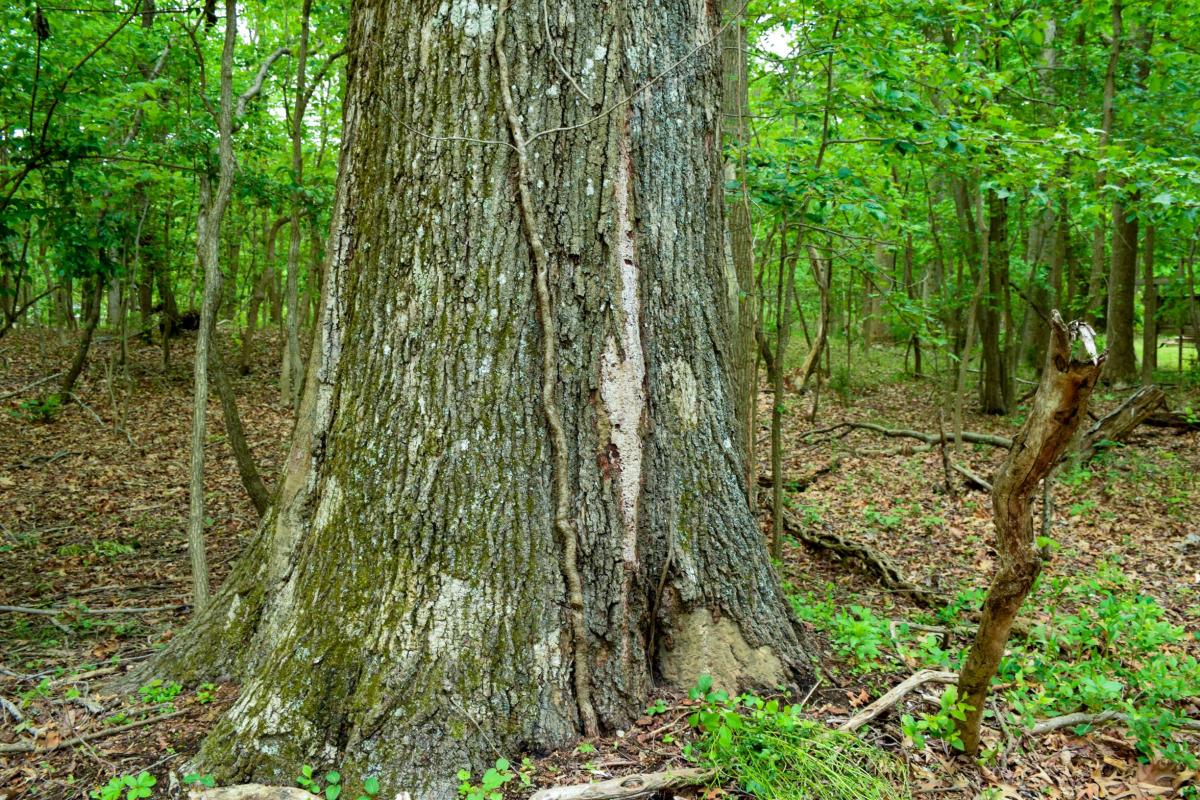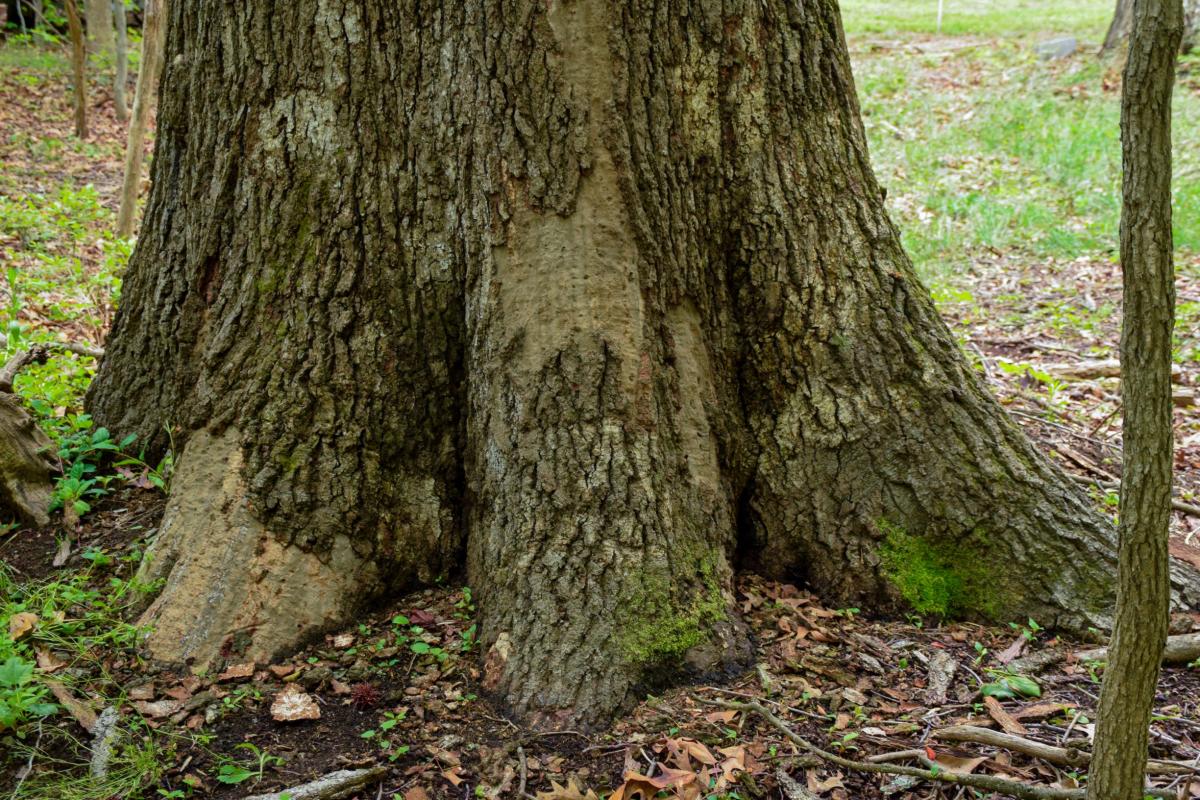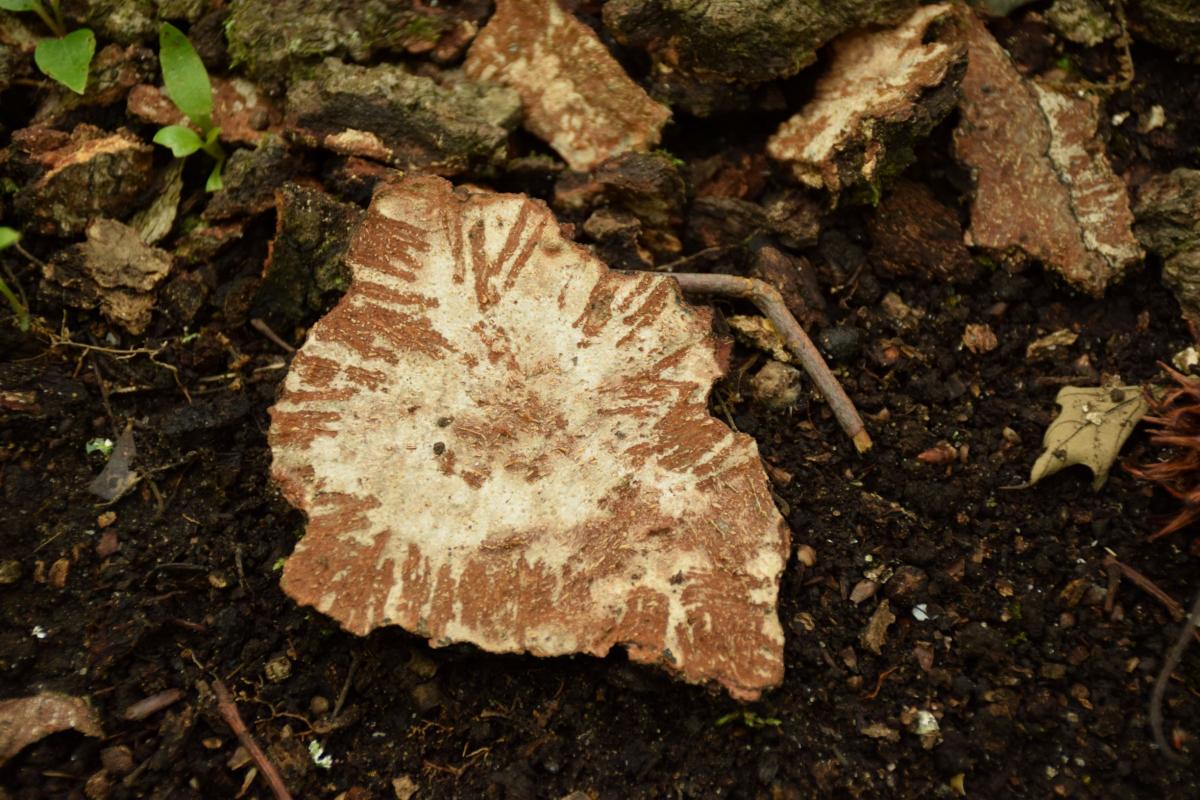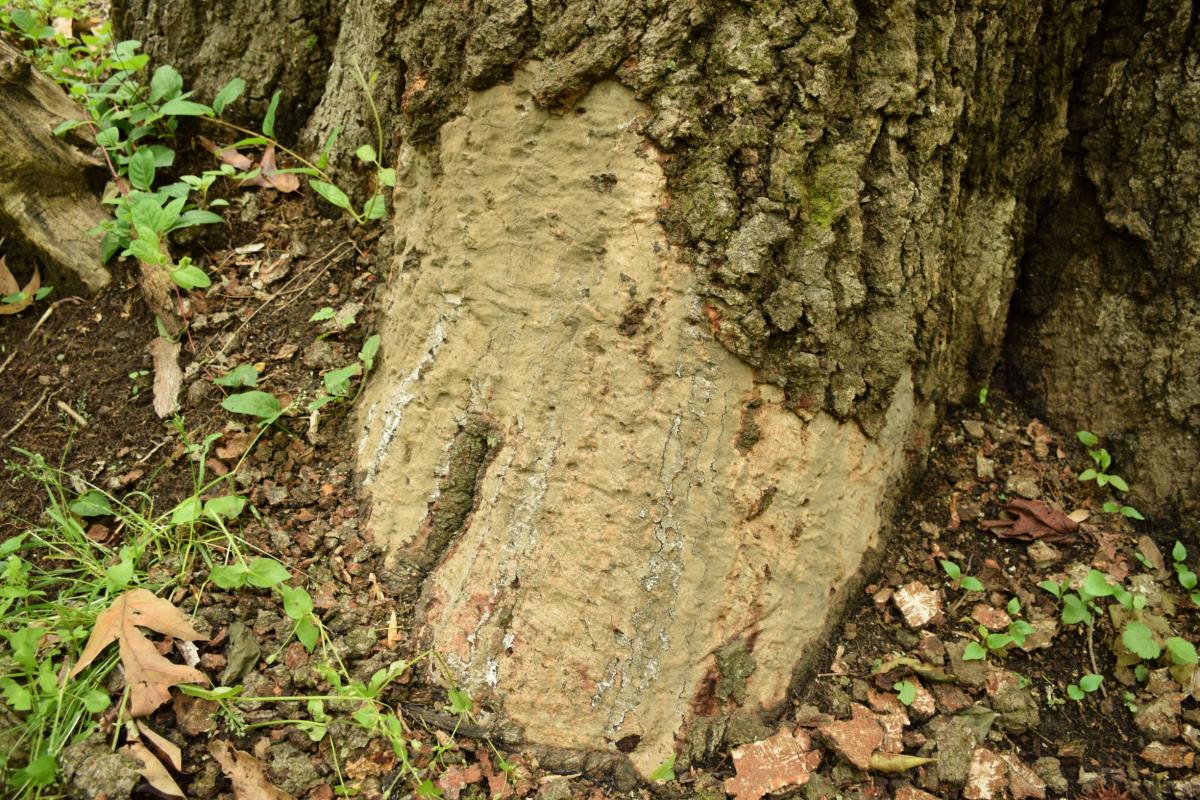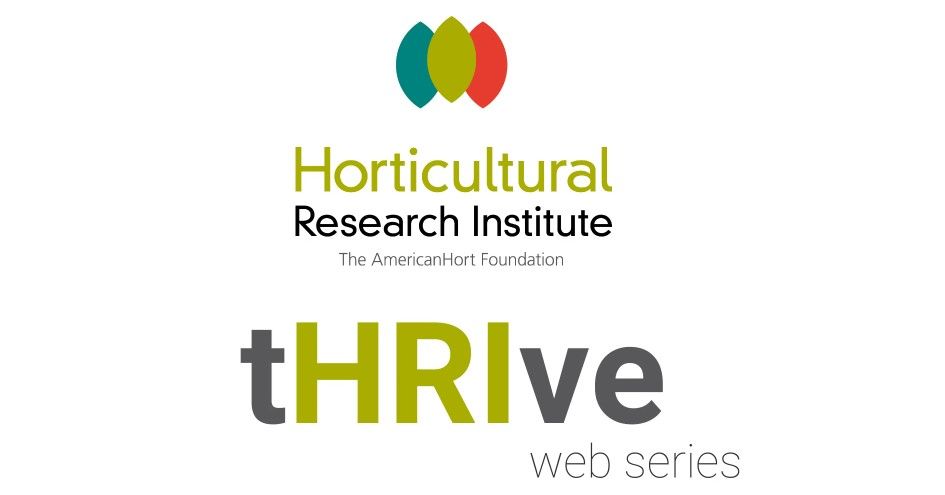Hypoxylon Canker: Feller of the Mighty Oak
We have a ton of oak trees where I live. Unfortunately, many are dead or dying, and Hypoxylon canker is one of the main culprits.
Trees are perennial and (hopefully) long-lived and resilient, but through their lifetime, they are subjected to multiple stresses. Often the impact(s) of stressors isn’t visible for several years. For example, a particularly droughty year will reduce tree growth and vigor, but the effects from the lack of water may not be visible until years later. The same is true with floods or prolonged, water-saturated soils…tree roots will be deprived of oxygen, yet the tree shows little impact in the short term.
Extended extreme weather events weaken trees and make them more susceptible to insect pests. Outbreaks of many weak pathogens (one incapable of infecting a healthy tree) suddenly appear 3-5 years (or more!) after a prolonged stress. That’s right - long after you’ve probably forgotten about that drought/flood, trees still feel the effects. For example back in 2007, Maryland suffered severe-extreme drought conditions that persisted through late summer 2008. And now many of our oaks are dead and dying, not directly from that drought but from Hypoxylon canker.
Let me back up a bit. A canker is a dead spot on the trunk or a branch, usually noticeable because the bark is missing or injured, exposing the wood. Cankers can be caused by mechanical injury (aka tractor blight or lawnmower blight) or plant pathogen(s). Hypoxylon canker happens to be a fungal pathogen, Hypoxylon atropunctatum to be precise. It is normally unable to infect a healthy tree (such as our beautiful, mighty oaks), but if those oaks are stressed, watch out.
Hypoxylon canker may be present but inactive in a tree for years - just hanging out and not causing any problems. Then some (not-well-understood) event triggers Hypoxylon to become pathogenic. That’s when the disease starts. It attacks the living portion of the bark (or cambium), the part between the outer, corky bark and the wood. Eventually the tree is girdled and unable to transport water and nutrients to/from leaves and roots. Once disease has begun, Hypoxylon can kill a tree in 1-2 years. Our oaks were likely infected by Hypoxylon back in 2007/2008, and the disease is just now rearing its ugly head and killing them.
Early symptoms (before the canker is obvious) are subtle and include yellowing of leaves and a general decline of growth in the top of the tree. Later symptoms, however, include cankers, and they are obvious. The outer bark sloughs off, exposing a crusty fungal mat where brown, dusty spores form. They eventually change to a silver color and then finally black as the pathogen’s life cycle progresses. These spores are wind-blown and cause new infections. Another stage of the pathogen produces masses of dark spores that ooze out onto the fungal mat. These are spread by rain and insects.
Canker diseases, including Hypoxylon, cannot be controlled. The best strategy is to maintain tree health. Sadly, that opportunity has passed for our oaks.
Once the tree is removed, do not compost the wood. The causal agent, H. atropunctatum, can remain active on dead wood. Any infected wood must be burned as soon as possible to prevent new infections. Other hosts include hickory and pecan. Other Hypoxylon species exist as well, including one that infects sycamore.
Share This Post




